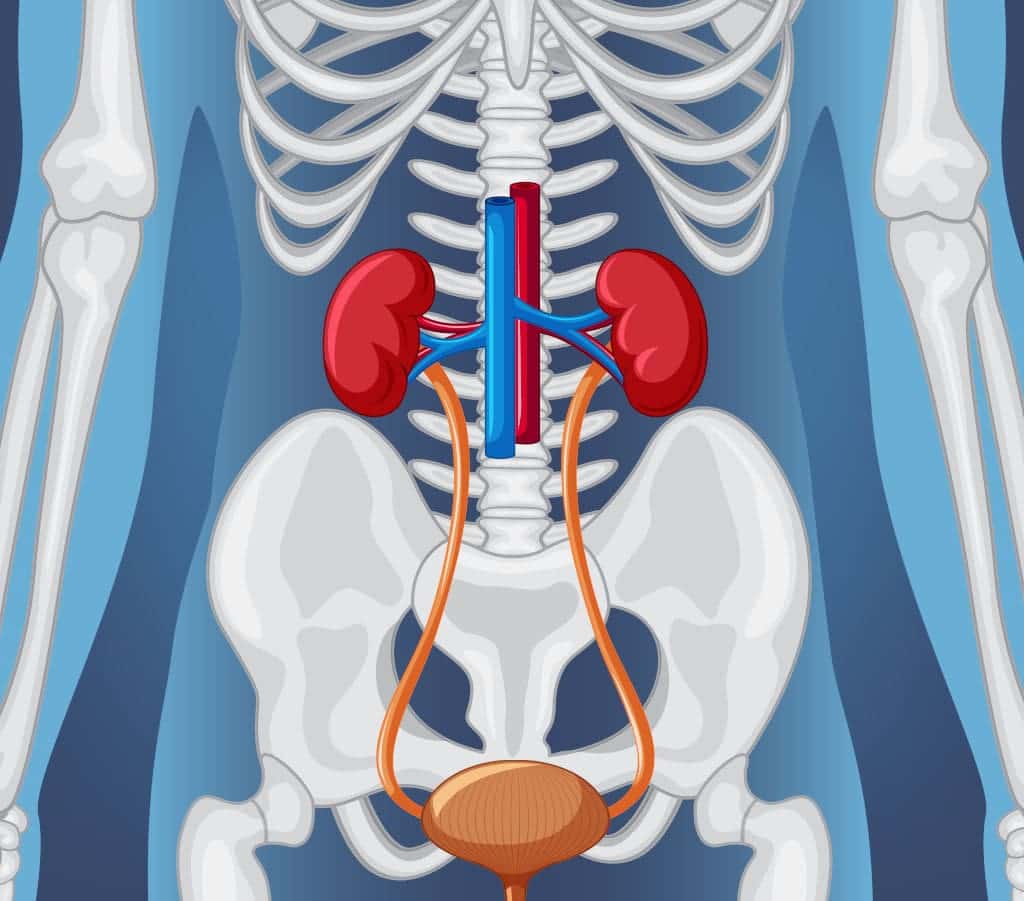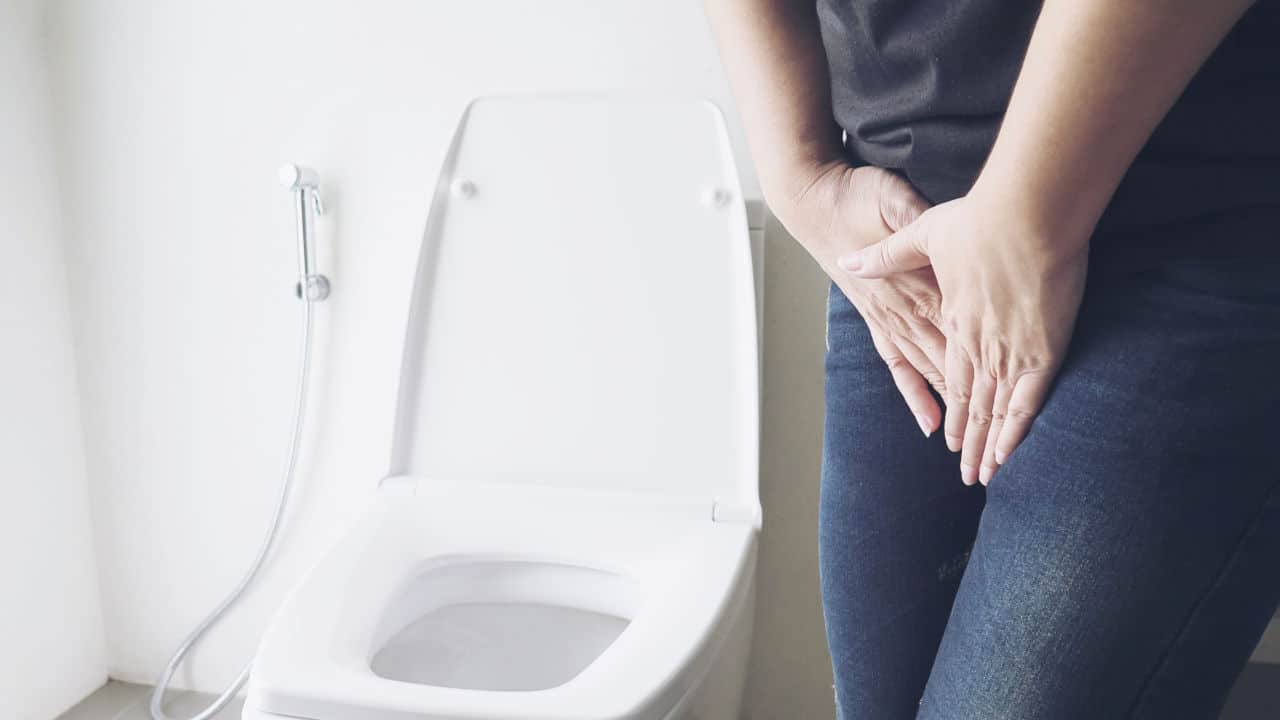Bladder stones, also known as cystolith or vesical calculi, are the buildup of minerals that occur when the bladder is not completely emptied after urination. Over time, the urine that is left concentrates. This makes the minerals within the liquid turn into crystals. The primary thing that makes up bladder stones is uric acid. Uric acid is a chemical released by the body during the breakdown of substances.
Sometimes, bladder stones can be in the body without the person noticing any symptoms. It might only be recognized when the person visits a medical practitioner for a different health reason.
However, mainly in the cases of larger stones, the stone might irritate the bladder or block the flow of urine. The victim will experience severe symptoms like blood in the urine, intense pain and discomfort during urination, pain in the penis, dark or cloudy urine, lower abdominal pain, frequent urination, difficulty in urinating or interrupted urine flow.
More on Bladder Stones
Bladder stones vary in size from nearly invisible to the naked eye to about four pounds. They are often mistaken for kidney stones by laymen. However small or large they may be, they are usually known to cause unbearable pain to their victims.
It is not unheard of that small bladder stones can pass through the urine and out of the body. However, most times, and unfortunately, the patients may require medication and surgery to treat it.
Men over 50 years of age are the usual victims of this illness. This is because an enlarged prostate gland is a common obstruction that can lead to bladder stones.
A study of 184 patients diagnosed with urinary stones affirmed this fact. It was published in the Eastern Mediterranean WHO Medical Journal, and it showed that the mean age for victims was 38.3 years. The male-to-female ratio was 2.5:1. The stones were predominantly mixed type- calcium oxalate was the commonest compound.
Other risk factors are illnesses that can cause damage to the nerves that control bladder function, such as spinal cord injuries, Parkinson’s disease, diabetes, stroke, and so on.
However, in the case of negligence or medical malpractice leading to a patient having bladder stones, it’s only standard for the court to be involved. Legal animation can prove useful in such cases by showing the complications and risks of numerous and draining bladder stones.

Causes and Complications of Bladder Stones
The main problem that leads to bladder stones is the leftover urine in the bladder. There are various causes for this, most often an already existing medical condition. Kidney stones could also cause this condition. Some stones may trickle into the bladder and, if not expelled, could become the bladder’s problem.
Other causes include dehydration, neurogenic bladder, which occurs when the nerves of the bladder are damaged, and an enlarged prostrate that can press on the urethra and cause obstruction. There are also cases of bladder diverticular.
Another reason can be cystocele, in which the bladder wall can become weak and drop down to the vagina, causing an obstruction. This obstruction alone can cause bladder stones.
However, further complications during cystocele treatment can cause bladder stones.
An example is seen in the case of Kennedy v. Ethicon, Inc., where cystocele and a product defect caused the plaintiff to have a bladder stone.
In this case, a transvaginal pelvic mesh was used to treat her cystocele. When the implantation was done, there were no complications. Then, she started to feel abdominal pain. The plaintiff thought it was pancreatitis. However, after a C.T. scan, she discovered it was a bladder stone. Her doctor even concluded that the bladder stone was caused by mesh erosion. Hence, the plaintiff sued the defendant for the injuries she attained from using their defective product.
This case of Jackson v. Bui is another case of surgical complications leading to bladder stones. These stones can lead to chronic bladder problems like long-term urinary difficulties and urinary tract infections if left untreated.
These complications are strenuous mentally and financially for the victim.

How Legal Animation highlights the Serious Risks of Bladder Stones
Bladder stones lead to too many complications. Hence, the knowledge that one got it by medical malpractice or a defective product instead of an underlying medical condition is painful. That is why court cases concerning bladder stones need to be won no matter what. A way to win such is by using a demonstrative exhibit like legal animation.
One exciting thing about legal animation is it disassembles a complicated subject for easy understanding. The jury cannot easily understand medical cases, so legal animation visualizes the subject matter. After all, studies show that things seen are usually better understood than things heard!
First, an illustration of a regular, well-functioning bladder and a bladder with stones should be provided. The illustration will show the small and huge stones clustered and causing an obstruction in the bladder. This helps the court get a mental picture of what bladder stones look like and what they do in the body.
The illustration can also provide demonstrative exhibits to show how the obstruction of the bladder stone prevents the smooth flow of urine. Thus, leading to abdominal pain and painful urination for the victim.
Bladder stones need to be treated on time to prevent more complications from arising. So the attorney can present a trial animation to show what misdiagnosis or late diagnosis can do to the victim. The exhibits will show how the stones obstructing the patient’s urinary tract will lead to repeated bacterial infections, eventually worsening the patient’s body.
Conclusion
Like every other disease, bladder stones are terrible and should not be taken lightly. At Fox-AE, we can recreate a medical illustration you need to present as a demonstrative exhibit in a case involving bladder stones.
Our in-house medical animators work with attorneys and expert witnesses on a case to ensure we present admissible demonstrative exhibits.





